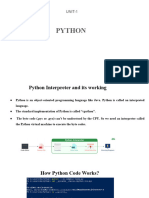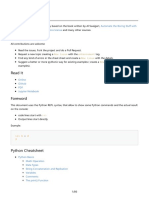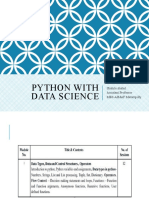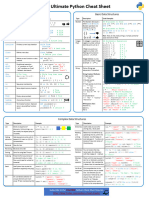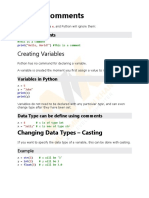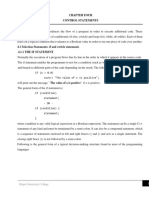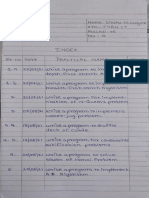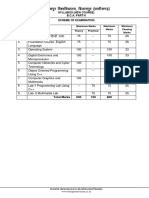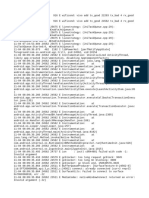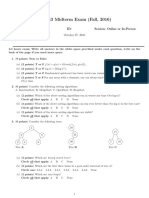0% found this document useful (0 votes)
8 views8 pagesPython Cheatsheet
This Python CheatSheet provides essential syntax and functions for basic programming tasks, including output display, user input, data types, and control structures. It covers key concepts such as lists, dictionaries, loops, functions, file handling, exception handling, and object-oriented programming. Additionally, it highlights useful built-in functions and best practices for using virtual environments.
Uploaded by
bahawalofficial218Copyright
© © All Rights Reserved
We take content rights seriously. If you suspect this is your content, claim it here.
Available Formats
Download as PDF, TXT or read online on Scribd
0% found this document useful (0 votes)
8 views8 pagesPython Cheatsheet
This Python CheatSheet provides essential syntax and functions for basic programming tasks, including output display, user input, data types, and control structures. It covers key concepts such as lists, dictionaries, loops, functions, file handling, exception handling, and object-oriented programming. Additionally, it highlights useful built-in functions and best practices for using virtual environments.
Uploaded by
bahawalofficial218Copyright
© © All Rights Reserved
We take content rights seriously. If you suspect this is your content, claim it here.
Available Formats
Download as PDF, TXT or read online on Scribd
/ 8










